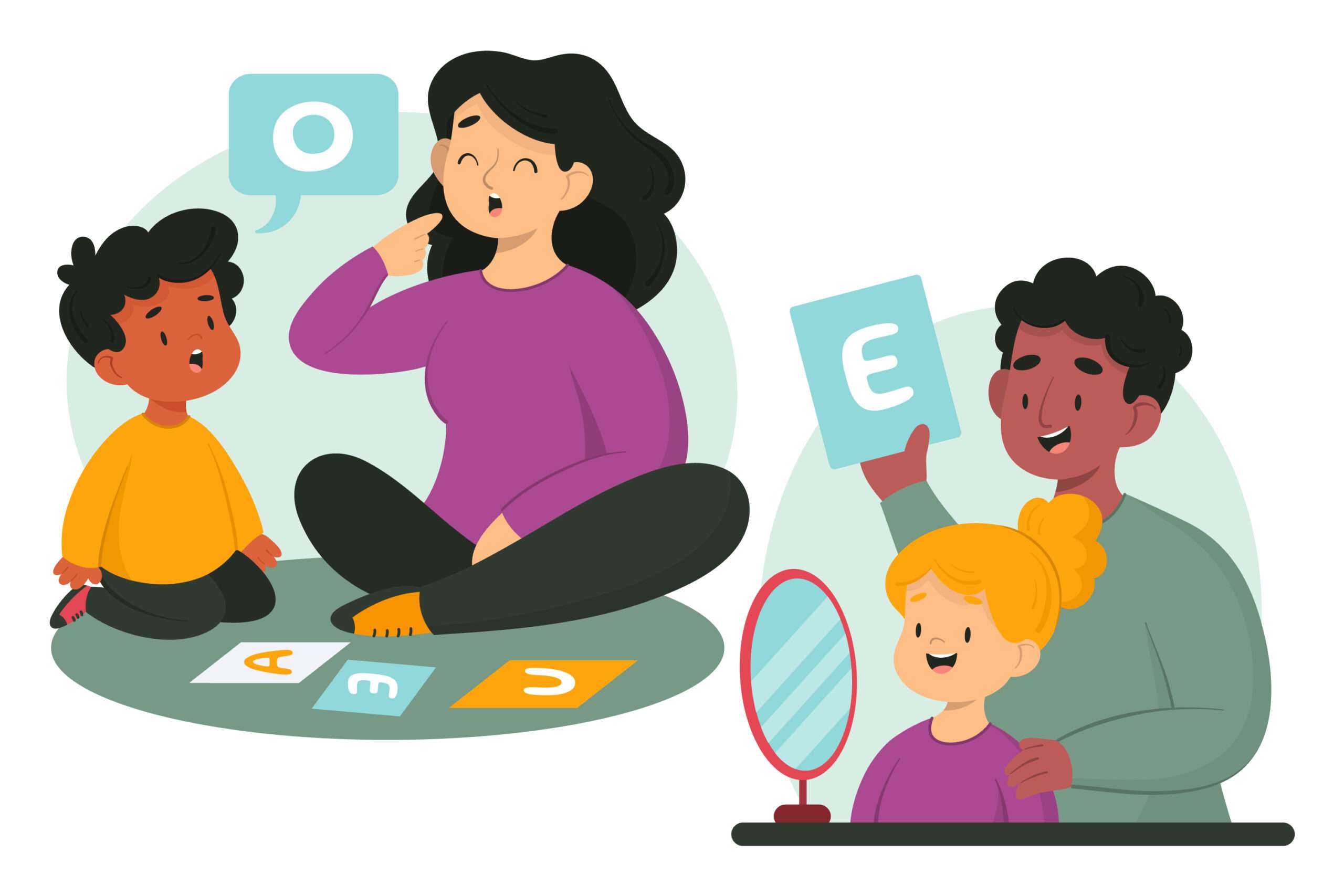Encountering someone who struggles with clear communication or comprehension might indicate a speech or language disorder. These conditions significantly affect one’s ability to engage in everyday conversations and social interactions. By gaining insight into speech and language disorders, we can cultivate empathy and provide better support to those affected.
Table of Contents
ToggleIn this detailed guide, we delve into the nature of speech and language disorders, explore their origins, and discuss effective support strategies for depression symptoms. We’ll uncover common indicators of these disorders and highlight various treatment options and resources. This information is vital whether you’re directly impacted or simply wish to broaden your understanding.

What are Speech and Language Disorders?
Speech disorders primarily influence how an individual produces sounds to form words, which includes some types of voice disorders.
Typical speech disorders encompass:
Stuttering:
An involuntary disruption of speech with repetitions or extensions of sounds.Articulation disorders:
Challenges in correctly pronouncing words, often due to production difficulties.Voice disorders:
Problems with pitch, volume, or vocal quality that interfere with communication.
Language disorders, however, pertain to difficulties in understanding or appropriately using words within context, affecting effective communication.
Widely recognized language disorders include:
Aphasia:
Usually resulting from brain damage, this disorder impacts language comprehension and production.Expressive language disorder:
A struggle with expressing thoughts via speech or writing.
These disorders can occur in both children and adults, and early recognition coupled with intervention is key to enhancing communication abilities and overall life quality.
If you or someone you know is facing these challenges, don’t hesitate to contact a specialist.


Common Causes of Speech and Language Disorders
According to research, Speech and language disorders stem from a variety of sources, each helping to identify the most effective intervention strategies.
Some common causes include:
Genetic predispositions:
A family history of similar disorders may elevate risk levels.Neurological conditions:
Brain injuries from incidents like strokes or head trauma can trigger these disorders.Developmental issues:
Disorders such as autism and Down syndrome frequently involve speech and language challenges.Environmental influences:
Factors like toxin exposure, insufficient interaction, or traumatic events can play a significant role.Hearing impairments:
Difficulty hearing can hinder speech and language development.
Each of these causes can impact individuals differently. Identifying the specific cause is essential for tailoring effective treatment plans.
If you suspect any of these causes are affecting you or a loved one, seek professional help immediately. Get in touch with a psychologist today for proper assessment and guidance.
Symptoms and Signs to Look For
Prompt recognition and intervention can drastically improve outcomes for those with speech and language disorders.
Key signs in children include:
- Speech delays: Minimal or no speech by age two.
- Instruction challenges: Difficulties in understanding or following basic commands.
- Limited vocabulary: Fewer words than peers at the same age.
- Unclear speech: Common mispronunciations or indistinct speech.
For adults, watch for:
- Word retrieval issues: Frequent pauses or struggles to find the right words.
- Slurred speech: Unclear pronunciation making comprehension difficult.
- Understanding challenges: Problems in grasping spoken words.
- Voice changes: Unusual hoarseness, breathiness, or alterations in tone.
Behavioral signs are also telling:
- Communication frustration: Visible distress when communicating.
- Social avoidance: Shying away from conversations due to difficulty in communicating.
If any of these symptoms are present, seeking an evaluation from a speech-language pathologist is important for diagnosis and treatment.
Diagnosis and Assessment
Proper diagnosis and assessment are critical in pinpointing and treating speech and language disorders, ensuring that each treatment plan is tailored effectively.
The Diagnostic Process Involves:
Specialized Professionals:
Speech-language pathologists (SLPs) are the primary specialists involved in diagnosing and treating these disorders.In-depth Evaluations:
SLPs perform comprehensive assessments that include both observation of speech and language abilities and a review of medical and educational histories.Diagnostic Testing:
A variety of tests assess specific speech and language areas, such as phonetics, fluency, and understanding.
Assessment Tools Commonly Used:
Standardized Assessments:
These tools benchmark an individual’s capabilities against a normative population.Behavioral Observations:
SLPs assess how individuals communicate naturally in varied environments like home or school.Interviews:
Discussions with parents, educators, or other caregivers provide insights into the individual’s communicative behavior.
Preparing for an Evaluation:
Documentation Collection:
Assemble all relevant medical records, academic reports, and past evaluations.Clarification of Concerns:
It is important to discuss specific observed issues and concerns with the SLP beforehand.
Recognizing these disorders early allows for the development of focused interventions to enhance communicative abilities effectively.

Treatment and Intervention Strategies
Research says that that tailored treatment strategies can considerably enhance communication skills for individuals with these disorders.
Effective Treatment Techniques Include:
Articulation Therapy:
Focuses on improving sound pronunciation.Language Enhancement Activities:
Uses engaging and interactive exercises to boost language abilities.Technological Support:
Speech-generating Devices:
These tools aid those who struggle with speech by producing words for them.Digital Applications:
Software and apps designed to foster speech and language development through repetitive practice.
Family Engagement:
At-home Practice:
Exercises that families can perform together to reinforce skills.Continuous Encouragement:
Ongoing support from family members is vital.
Educational Support:
Specialized School Services:
Schools offer specific assistance for students with these disorders.Individual Education Programs (IEPs):
Schools tailor these programs to meet the distinctive needs of each student.
Treatment plans should be customized to address the individual’s unique requirements, with consistent support from family, educators, and therapists critical to successful improvement.
Conclusion
Speech and language disorders can profoundly affect an individual’s ability to communicate and overall life quality. Awareness and understanding of these disorders, their origins, signs, and interventions are essential for effective support.
Prompt diagnosis and strategic interventions, paired with the right support systems, can lead to substantial improvements. Whether you’re gathering information for personal use, for someone you care about, or in a professional capacity, being informed and proactive is crucial in making a positive change.
Get in touch with our psychologists, if you or anyone in your family is facing issues related to speech disorders, anxiety symptoms, depression, etc.
